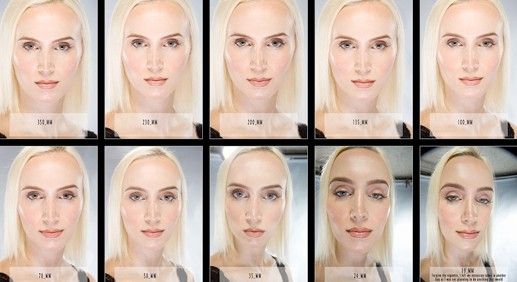- Messages
- 1,338
- Name
- Mark
- Edit My Images
- Yes
I could do with a little help here as I've puzzled over this for a while.
Certain lenses seem to flatter facial features whilst other can get very pointy and enhance all the wrong features. The thing is I don't undertand why as glass should be glass - I understand that c 50mm is the preferred focal length but I had can 17-40 L which was not good for anything facially whilst I have a Tamron 17-50 which is quite flattering. Can someome point me I the right direction as I'm confused.
Certain lenses seem to flatter facial features whilst other can get very pointy and enhance all the wrong features. The thing is I don't undertand why as glass should be glass - I understand that c 50mm is the preferred focal length but I had can 17-40 L which was not good for anything facially whilst I have a Tamron 17-50 which is quite flattering. Can someome point me I the right direction as I'm confused.

